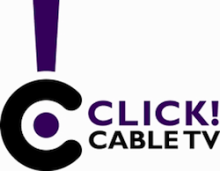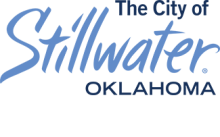Tacoma RFI/Q For Partnership: Responses Due April 27th
In recent years, leadership in Tacoma, Washington, has debated the future of the Click! Network. They recently released a Request for Information and Qualifications (RFI/Q) to gather ideas and proposals from potential partners. Responses to the RFI/Q are due by April 27.
A Dozen Goals
The Tacoma Public Utility Board and the City Council have established a list of 12 policy goals that they plan to adhere to while moving forward. At the top of the list is, “Continuing public ownership of the telecommunications assets, especially those assets necessary for Tacoma Power operations.” Back in 2015, the Tacoma community began discussing the possibility of leasing out operations of the network. In our four part series, "The Tacoma Click! Saga of 2015", we examined the history, challenges, and potential future of the municipal network.
Other goals are designed so that low-income residents will not be left behind, network neutrality principles are respected, user privacy remains protected, and open access is preserved to encourage competition. The City Council and the Public Utility Board also want to be sure that the infrastructure continues to be used for the city’s power utility and that the telecommunications business operations are financially stable. You can review all the goals on the city’s press release.
Click!
Tacoma invested in its network back in the 1990s. The coaxial cable network passes about 115,000 premises in the Tacoma Power Utility (TPU) service area. In addition to wholesale Internet connectivity in keeping with state law, the network offers cable television service. TPU used the network for smart metering in the past, but is switching to a wireless system, which will only require the fiber backbone. They feel that now is the time to find a partner to take over broadband operations to reduce their operational costs.




